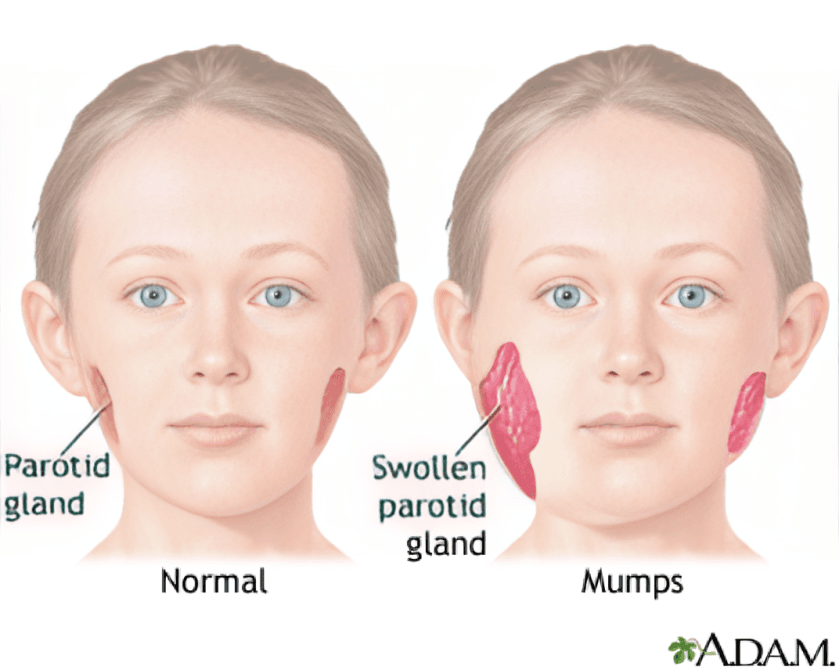
“
Children are naturally more vulnerable to contagious illnesses due to their developing immune systems and close contact with others in schools or playgrounds. Learning about common childhood infections and how to prevent them helps protect your child and others. Parents and caregivers must be informed about these common threats and the practical ways to reduce the risk of transmission.1
1
”
Colds are the most frequent childhood infection, caused by over 200 viruses. Though mild, they spread quickly. Teaching kids to wash their hands regularly reduces the risk of transmission significantly. 1
Hand, foot, and mouth disease mostly affects kids under five. It spreads through saliva and stool. Handwashing and disinfecting toys can help prevent it at home and in preschools.2

Pinkeye (conjunctivitis) may be viral or bacterial and spreads quickly in childcare settings. Discouraging eye rubbing and using separate towels can prevent this itchy and red-eye condition from spreading.
Strep throat causes a severe sore throat, fever, and sometimes a rash. It needs antibiotics, unlike a cold. Good hygiene and not sharing utensils help prevent its spread.3
Influenza infects the respiratory tract and causes sudden high fever, chills, and muscle aches. Annual flu vaccination is recommended, especially for children in crowded environments like schools. 4
Respiratory Syncytial Virus (RSV) is common in babies and young children, causing cold-like symptoms and sometimes severe breathing problems. Good hand hygiene and limiting exposure during RSV season are vital. 5
Rotavirus is a major cause of diarrhea in children worldwide. It spreads through fecal-oral contact. Vaccination and cleaning surfaces properly help reduce infection and hospitalizations caused by this virus. 6
Measles, marked by high fever and a red rash, spreads via coughing and sneezing. It’s extremely contagious but entirely preventable through the MMR vaccine, usually given during a child's first year. 7

Mumps causes swelling in the salivary glands and can lead to complications like meningitis. The MMR vaccine also protects against mumps, highlighting the need for timely childhood immunizations.
Rubella is usually mild in children but dangerous during pregnancy. Vaccinating kids helps protect them and prevents spread, shielding pregnant women and their unborn babies through community immunity.8
Whooping cough (pertussis) begins like a cold but leads to intense coughing fits. It's preventable with the DTaP vaccine, given in multiple doses during infancy and early childhood to build lasting immunity. 9
Norovirus leads to sudden vomiting and diarrhea, often in group settings like schools. Encouraging handwashing before meals and after using the toilet helps prevent this highly contagious stomach virus. 10
Like ancient physicians, modern doctors stress prevention—through vaccines, hygiene, and staying home when sick—to protect children from common infections.11
Fifth disease, caused by parvovirus B19, presents as a red rash on the cheeks. While mild, it spreads easily in classrooms. Preventing contact during outbreaks is key to avoiding their transmission. 12
Impetigo is a contagious skin infection causing yellowish crusts, often around the mouth. It spreads by touch, so early treatment and avoiding scratching help prevent its spread.13

Lice infestations aren't infections, but they still spread easily in schools. Checking hair regularly, not sharing combs or hats, and using medicated shampoos when needed help eliminate and prevent further outbreaks.
Scarlet fever stems from untreated strep infections, producing a red rash and fever. It spreads through respiratory droplets. Prompt antibiotic treatment and isolation prevent it from affecting others around the child. 14
Adenovirus can mimic cold or flu symptoms and also cause pinkeye or diarrhea. It lingers on surfaces, so disinfecting toys, books, and shared items regularly is a vital step toward reducing spread. 15
Hepatitis A, though more common in adults, also affects children and spreads via contaminated food or water. Good hand hygiene and avoiding raw food in public help prevent this liver infection. 16
Tonsillitis, caused by viruses or bacteria, results in painful swallowing and fever. Preventing it involves limiting exposure during cold seasons and seeking early treatment when sore throats last longer than usual.17


